I spent the past couple of weeks exploring Haiti. Little did I know I was going to meet some of the most memorable humans I’d ever met…
Thanks to my camera, I was able to connect with people ranging from 1 to 77 years old, and witnessed the unique qualities of the Haitian people. Here’s some of the most stunning Haitians I was lucky enough to cross path with.
Scroll down and discover the many faces of Haiti. And forever change your perspective on this amazing country.
More info: Facebook
Deep in the Haitian countryside, I’m the first white man this toddler ever sees
While he tears up in fear, his mother can’t help but laugh at his reaction.
Protected by their loving father, these two have no reasons to be afraid though
Almost naked, they welcomed me and my camera with smiles and affection.
Wherever you go in the world, the love a child has for their mother is unconditional
And it’s probably even stronger in places like Cité Soleil, one of America’s biggest slum.
As is their love of a spoonful of their favorite food! And for some, rice is on the menu at pretty much every meal
As well as their love for the camera
Whenever I take a picture, I turn my camera around and show them the result. It is sure to drive them crazy happy.
This little beauty popped out of her shelter to strike a pose
She lives in a camp that was built for displaced people after the 2010 earthquake. Many families have decided to remain in the camp, six years after the catastrophe, because the shelter they live in where given to them: they’d rather live in a shelter they own than rent a home someplace else – one less thing to worry about…
Some kids seem to be natural born models!
If you like smiles, then you’re gonna love the children of Haiti. They can’t help but smile
We here are in the home of this little girl: the walls consist of USAid tarpaulin, the roof is sheet metal. Still, such happiness on her face.
They smile anytime, anywhere. This little princess is healing from cholera. And malnutrition
Thankfully, she’ll be just fine after a few days of care.
Ok, sometimes they do stop smiling, but only when they’re afraid of something
Like of a doctor checking that they’re doing better. Another little fellow healing from cholera, a disease which was graciously brought to the country by the UN’s Blue Helmets. You’re welcome.
‘Who’s this white man and what’s he pointing at me?’ – she wonders
The majority of Haitians descend from slaves that were ‘shipped’ from West Africa. Some of Senegalese share a particularity: a little dead finger attached to their pinkies.
‘I don’t know what he wants, but thankfully, grandma is here to protect me. With her machete.’
Seeing the clothes people wear in the most remote areas of the countryside, I realize that this is where the clothes us westerners donate to charity end up. Like this halloween t-shirt.
Talking about clothes, Haiti is home to the most stylish schoolchildren I’ve ever seen
Each school has its own uniform
Which includes hair bows for the girls. Who look pretty damn good wearing them
When school’s out, they generally don’t sit behind their computer or gaming console…
They go out and play with friends!
And they do like to show off…
A note about these two: they’re brothers and sisters, although Louisna was adopted when she was 2. Her biological mother had 12 children, and couldn’t afford to feed her properly. To offer her a better future, she ‘gave’ her daughter away.
If there’s one thing to take away about the children of Haiti, it’s their unconditional playfulness!
Which they don’t lose it when they grow older! Boys will be boys…
When teens see the camera though, smiles are replaced with very calculated poses
Can you relate? Classic selfie face
They do drop the act when they get a bit older though
They still pose, but in a much more lively way!
It’s also when they start taking responsibility
Some become health agents: trained by nurses, they become the main resources for anything health related in their communities (which generally are the poorest ones). And they remain available night and day for their peers, who often knock at their doors in the middle of the night.
So their communities are eternally grateful for their dedication
Others become mothers, and care for their kids with everything they have
Marie-Sherline lost a leg in the earthquake, but being amputated doesn’t prevent her from running her small business, selling basic commodities to her neighbours, in order to take care of her mother and two daughters.
There are also those who become doctors…
Teachers…
Artists…
And those who start working for one of the countless NGOs present on Haitian soil
It’s quite impressive to see all the cars with big logos identifying which NGO they belong to. Haiti is sometimes referred to as the Republic of NGOs.
Almost all Haitians strive to make their country a better place
Like this woman who helped abused women living in camps after the 2010 earthquake, worked with prostitutes and alcoholics, and dreams to create a foundation for the protection of women. She was severely beaten because of her engagement, but this hasn’t killed her spirits.
This man founded an organization dedicated to promote the rights of the LGBT community
He’s been openly gay (it’s called ‘Masisi’ in creole) since age 16. Because of the Voodoo beliefs, it’s quite accepted to be gay in Haiti – it is said that it is due to the presence of an opposite sex spirit within people.
This lawyer made it his mission to promote human rights in his country
While almost all of his family moved to France, Canada and the US, he will not leave his land because “his work is not done here.”
This OBG dedicated his life to helping women give birth safely
Part of his job description involves carrying medical equipment during long treks to reach some of the most remote areas, where his services are most needed.
Her four children lost their minds, leaving her alone to take care of her 12 grandkids
So she goes to work every single day, to afford food for the next day… The morning I took this picture, she had exactly 25 Gourdes left (that’s about 40 cents or a dollar.)
One thing’s for sure, no matter what they own, what they do, or where they live, Haitian people ALL have one thing in common. Their pride
And they have good reasons to be proud. In 1804, Haiti became the first independent Black country, freeing its people from slavery and colonisation
Though it is undeniable that life is very hard for some Haitians, this is not what I will remember about the Pearl of the Caribbeans
Rather, I will forever remember the beauty, resilience, strength, honour, and courage of its people
2Kviews
Share on Facebook
 Dark Mode
Dark Mode 

 No fees, cancel anytime
No fees, cancel anytime 









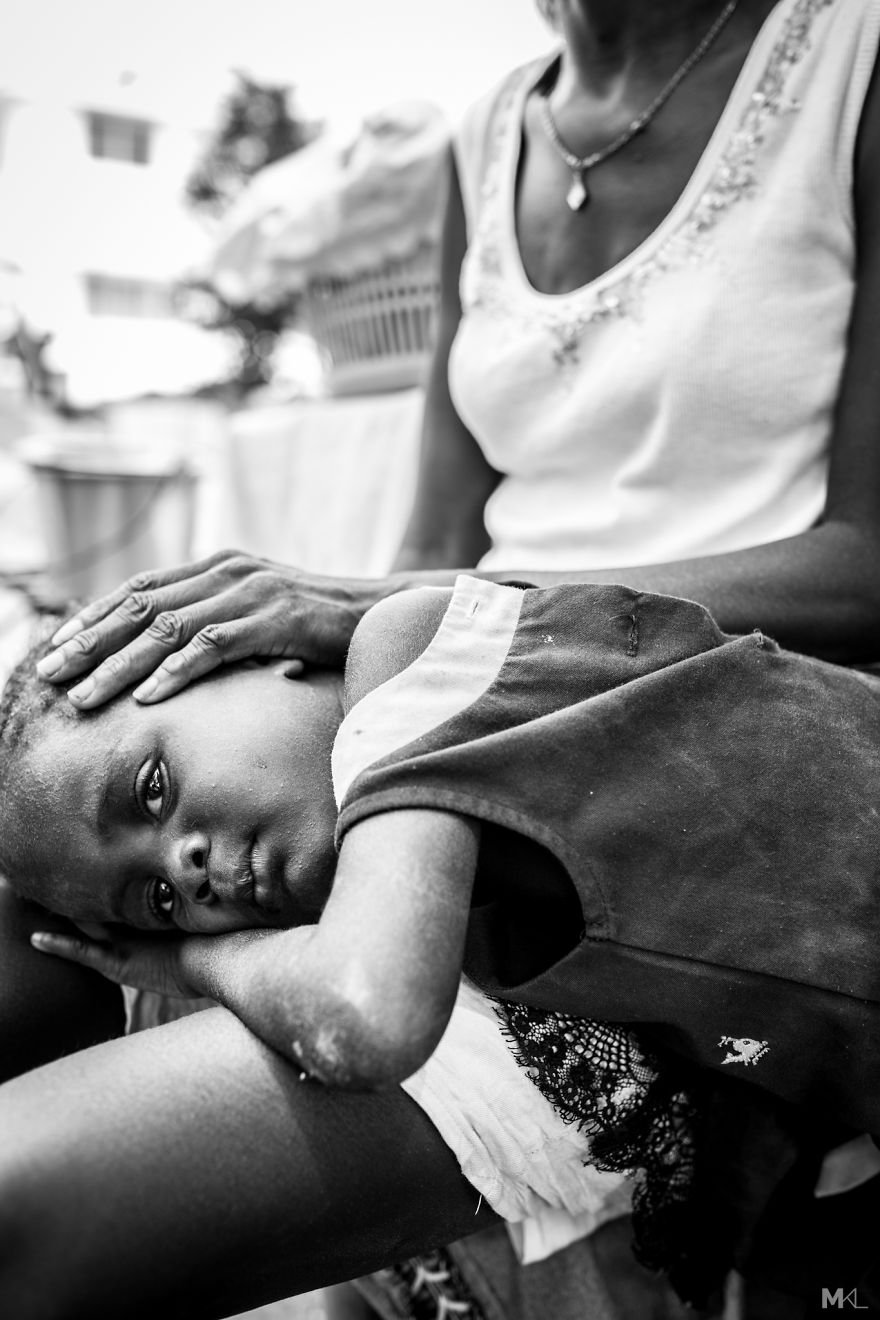













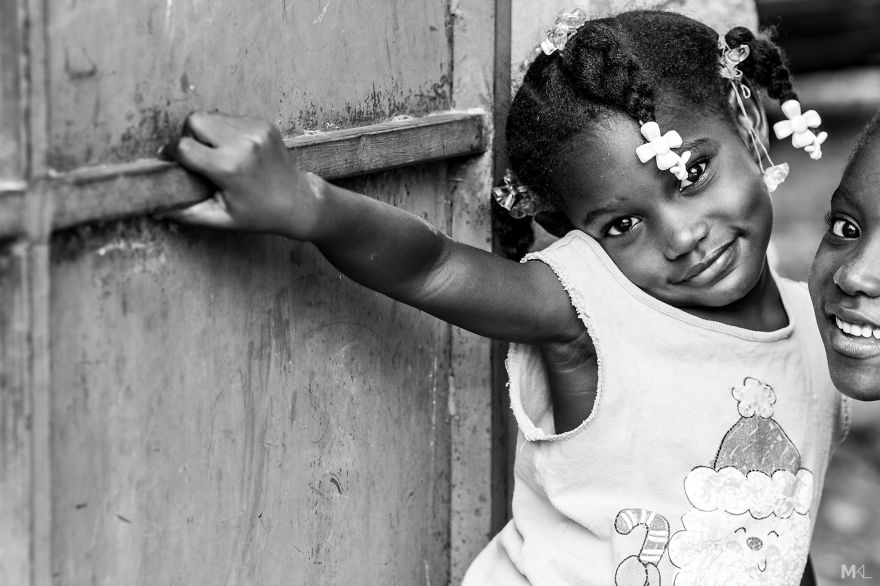





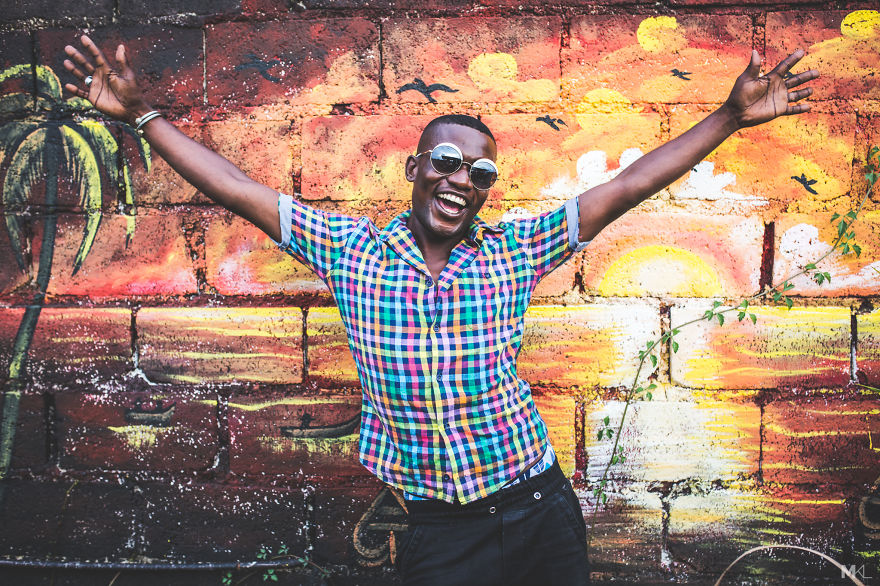
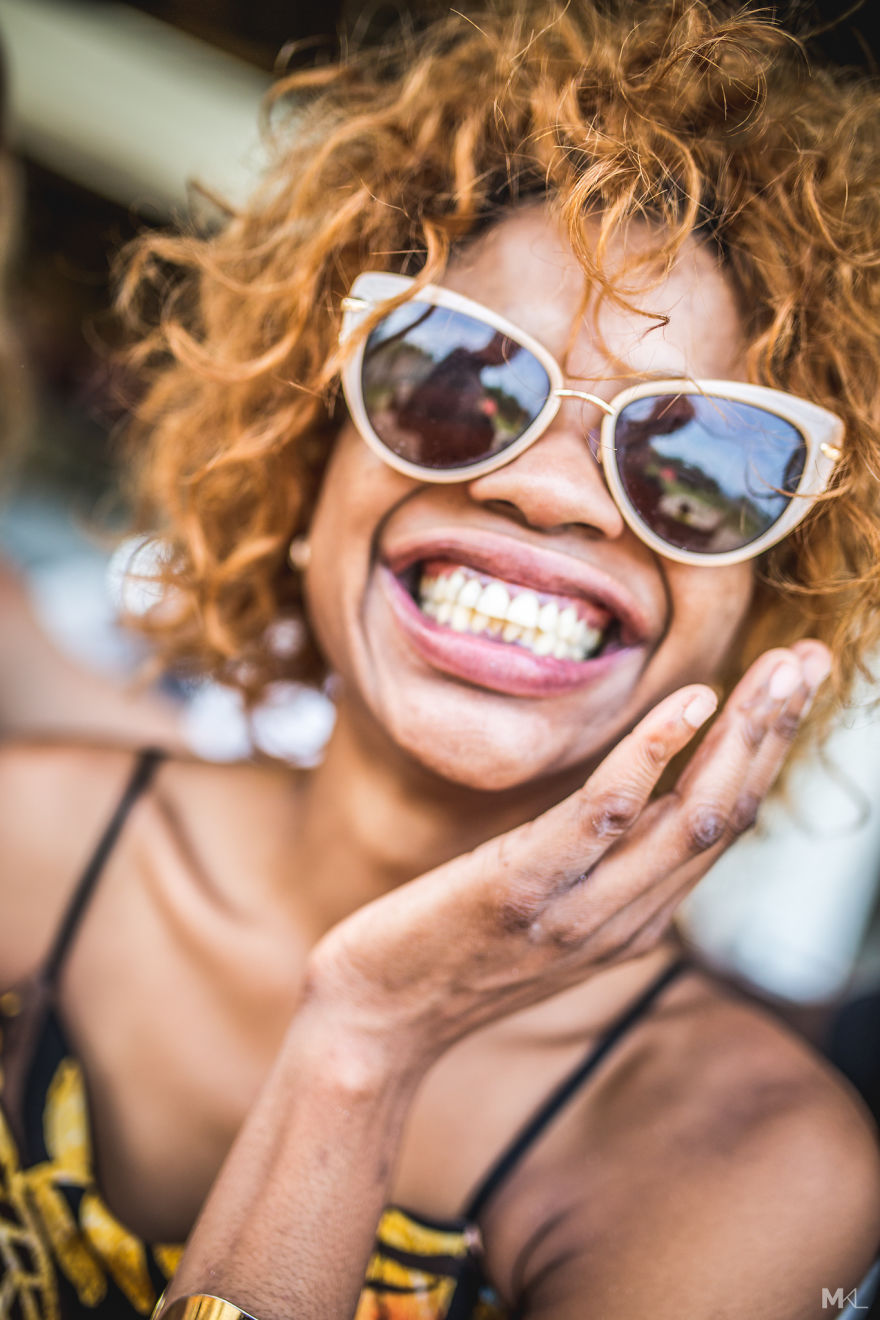















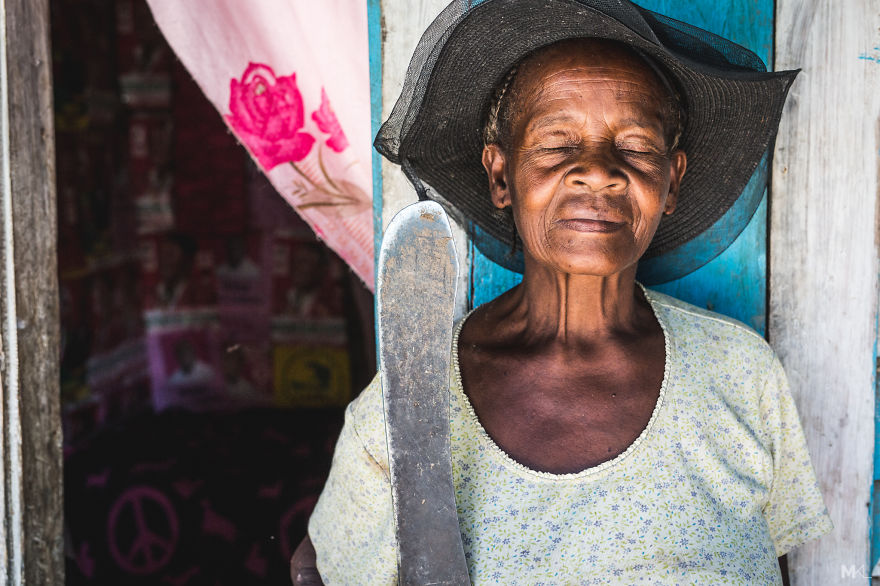











































29
3